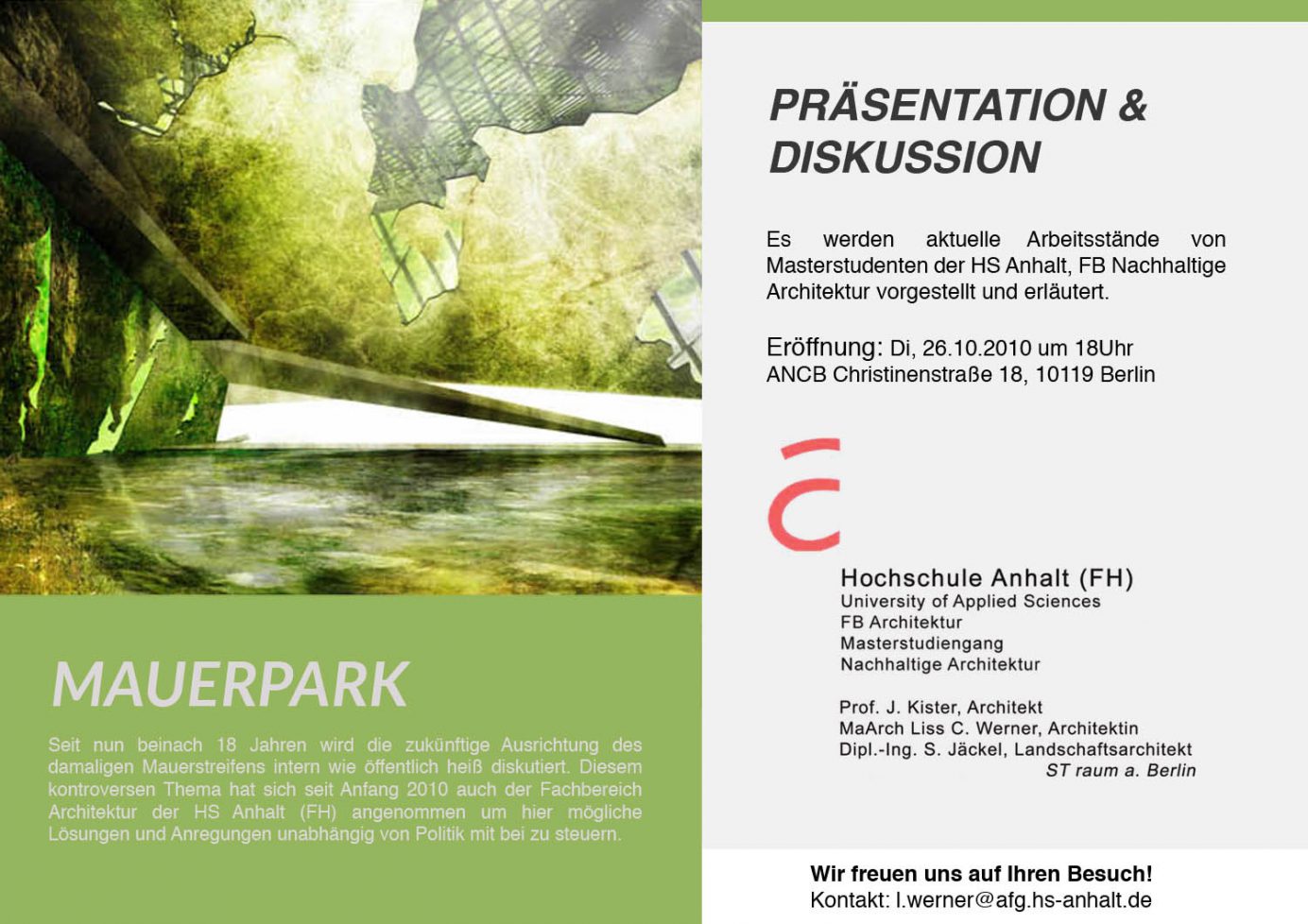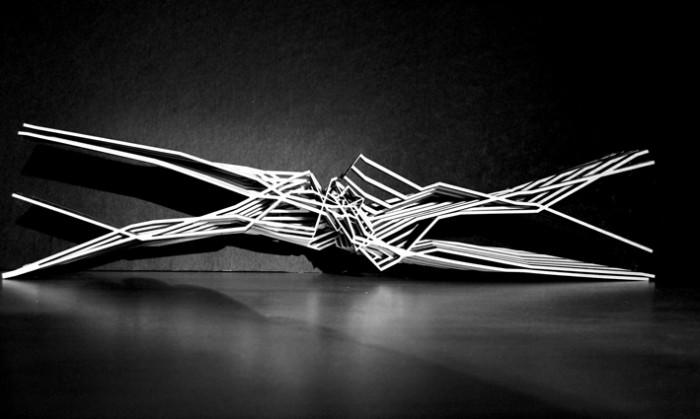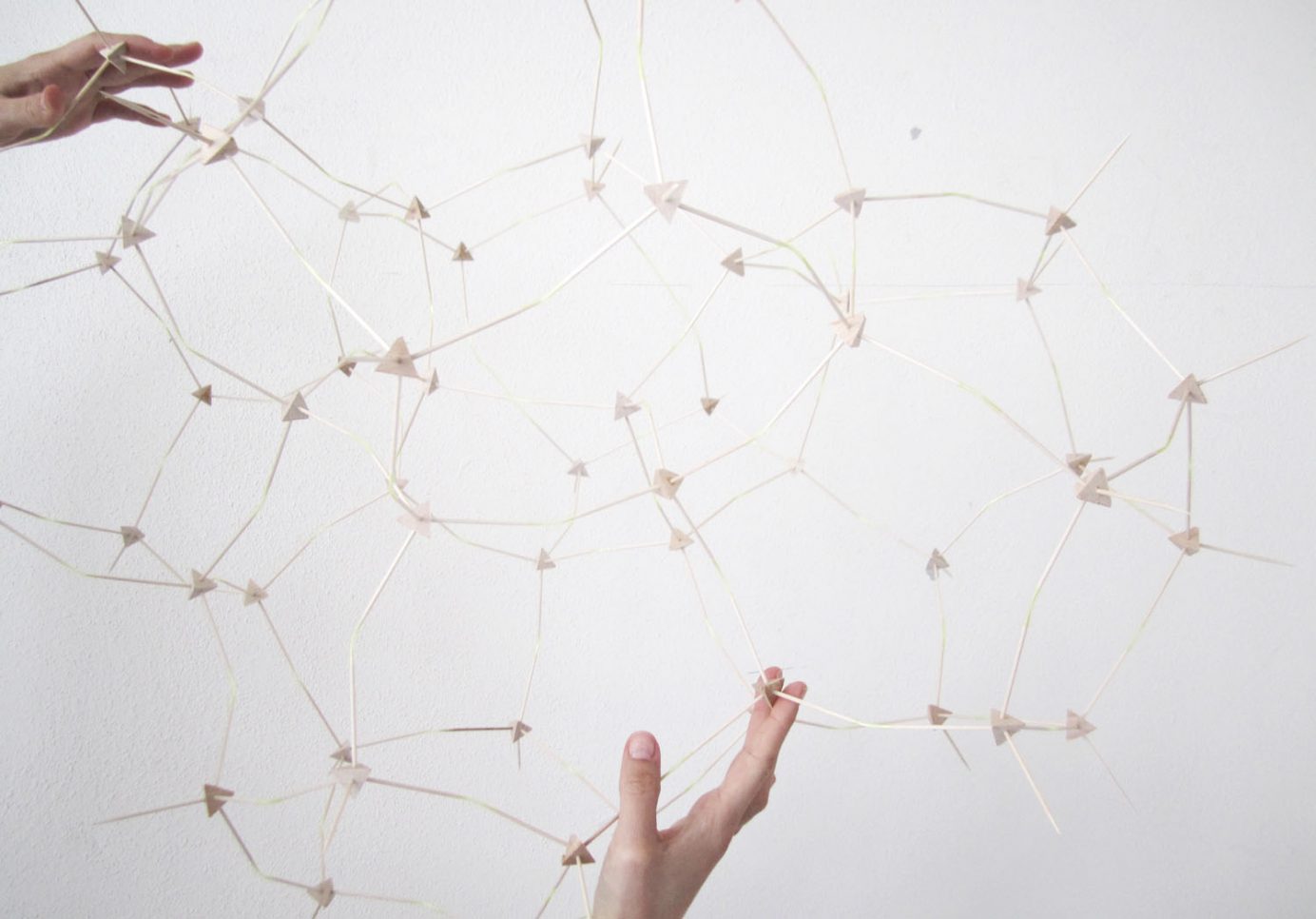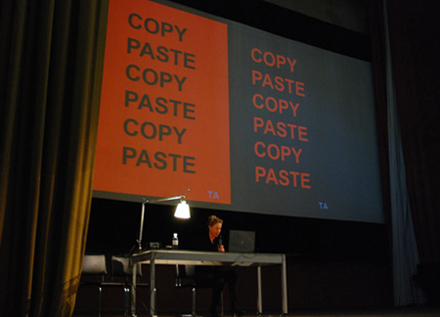Ausstellungstipp: Donnerstag, 21.10. ab 19 Uhr, Pfefferwerk Seit Anfang 2010 stellen sich die MasterstudentInnen des Kurses Architektur der HS Anhalt, Dessau der Herausforderung „Mauerpark“, seiner Identität und seines städtebaulichen, sozialen und historischen Kontexts als Methodik für eine Etablierung des Parks durch ein architektonisches Konzept als Landschaft. Unabhängig von politischen, ökonomischen und emotionalen Fronten haben die Studierenden erste Ideen entwickelt. Durch …
Codes in the clouds I – Material Behavior
Objective of studio is to arrive at a structurally-informed prototype for architecture, based on an understanding of the inherent, logical properties of material behavior and their corresponding collective assembly logic derived from its immediate environmental influences. The studio focuses on exploring the rule-based organizational system of material using advanced digital tools and computational ways of thinking and making. Students are …
CITC I – Flow of nodes
There are approximately 9000 sponge species which branches 3 taxonomic classes based on chemical composition of their skeleton. Calcarea, hexactinellida and demospongiae, in turnm consist of calsium carbonade, silicon dioxide and protein fiber. Venus’ flower basket, or Eupectella aspergillum in latin, belongs to the hexactinellida class. Glass sponges have elaborate skeletons made from silica that support the body. The biochemical …
Mauerpark Studio : Systematisches Jonglieren auf 10ha Grünstreifen
Dessau international architecture graduate school – 2010 Students: Martin Hoppe, Katharina Huch, Holger Kahle, Dimitri Klein, Milanov Vladimir Georgiev, Michael Wolf, Erik Zein STUDIO BRIEF
erotic interdependency
Within the talk I will present some of my theories that suggest connections and combinations of brain-functions related to designing / deciding architect and his or her work in a cultural and social context. In this context I am suggesting that we as architects can develop new design strategies through the knowledge of neuro-sciences and working interdisciplinary with neuro-scientists on …





